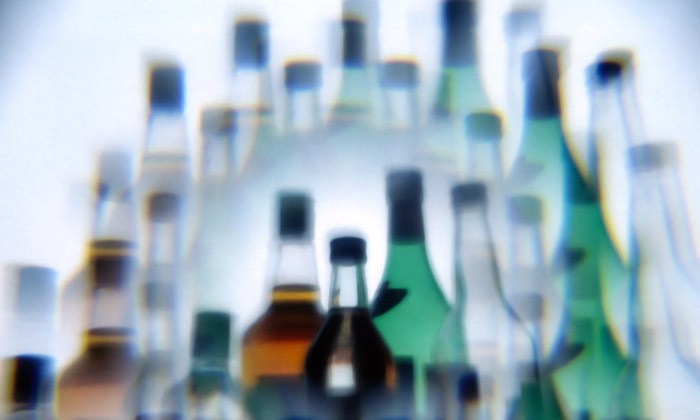Despite increased acceptance of same-sex marriage and workplace equality for lesbian, gay and bisexual (LGB) people, many LGB youth continue to have higher-than-heterosexual rates of binge drinking, according to a new paper published today in Addiction.
The new research, the first to track trends in alcohol use among LGB youth to that of their heterosexual peers, demonstrates consistently higher rates of binge drinking and other measures of alcohol use in LGB youth over a 15-year period even though underage drinking as a whole has decreased over time.
The research is based on four snapshots of survey data collected in Canada five years apart and starting in 1998. The British Columbia Adolescent Health Survey is one of the few large-scale, representative surveys that includes sexual orientation.
"We imagined that the most recent cohort would show a decreased disparity in underage alcohol use between LGB and heterosexual youth," says corresponding author Jessica Fish, a postdoctoral researcher in The University of Texas at Austin's Department of Human Development and Family Sciences (HDFS) and the Population Research Center. "Despite policies and programs protecting youth as well as more favorable attitudes in the general population, we see that although the overall trend is that alcohol use is decreasing among Canadian youth, the disparities for LGB youth in underage drinking have not changed."
Underage—and especially binge—drinking is a known health risk. According to the Centers for Disease Control and Prevention, alcohol use in middle and high school leads to social and educational problems like isolation and failing grades, physical problems like interrupted growth and changed brain development and other serious consequences like accidents and legal trouble. Underage drinkers are six times more likely to develop adult alcohol dependence.
"There are only a handful of large-scale, school-based youth health surveys like the BC Adolescent Health Survey that have included questions about sexual orientation since the 1990's,"says Elizabeth Saewyc, senior author and professor in the School of Nursing from the University of British Columbia. "These surveys give us the chance to track trends over decades and understand whether the changing policies, laws, and social attitudes have been enough to make life and health outcomes better for lesbian, gay and bisexual teens."
The new paper measured lifetime alcohol use, age of first drink, past 30-day drinking and past 30-day binge drinking for heterosexual, mostly heterosexual, bisexual and gay/lesbian youth. While alcohol use declined over 15 years for all youth (for example, lifetime drinking among heterosexual youth fell from over 60% to roughly 45%), it decreased at a slower rate among LGB youth (males: from between 60 and 73% to roughly 57%; females: from between 67 and 74% to between 64 and 68%). Rates of binge drinking followed a similar trend since a higher proportion of LGB youth binged than their straight counterparts. For each year of data collection, LGB youth—especially females—had a higher rates of drinking than heterosexual youth.
"All of the data shows that there are really persistent disparities among youth that are rooted in stigma, victimization and inequities," says Stephen Russell, professor and chair of HDFS, and an author of the study.
This research was funded by the Canadian Institutes of Health Research, the National Institute on Alcohol Abuse and Alcoholism and the Eunice Kennedy Shriver National Institute of Child Health and Human Development. The McCreary Centre Society provided access to the British Columbia Adolescent Health Survey.
Additional authors include Ryan Watson of the Department to Human Development and Family Studies at the University of Connecticut and Carolyn Porta of the School of Nursing at the University of Minnesota.









